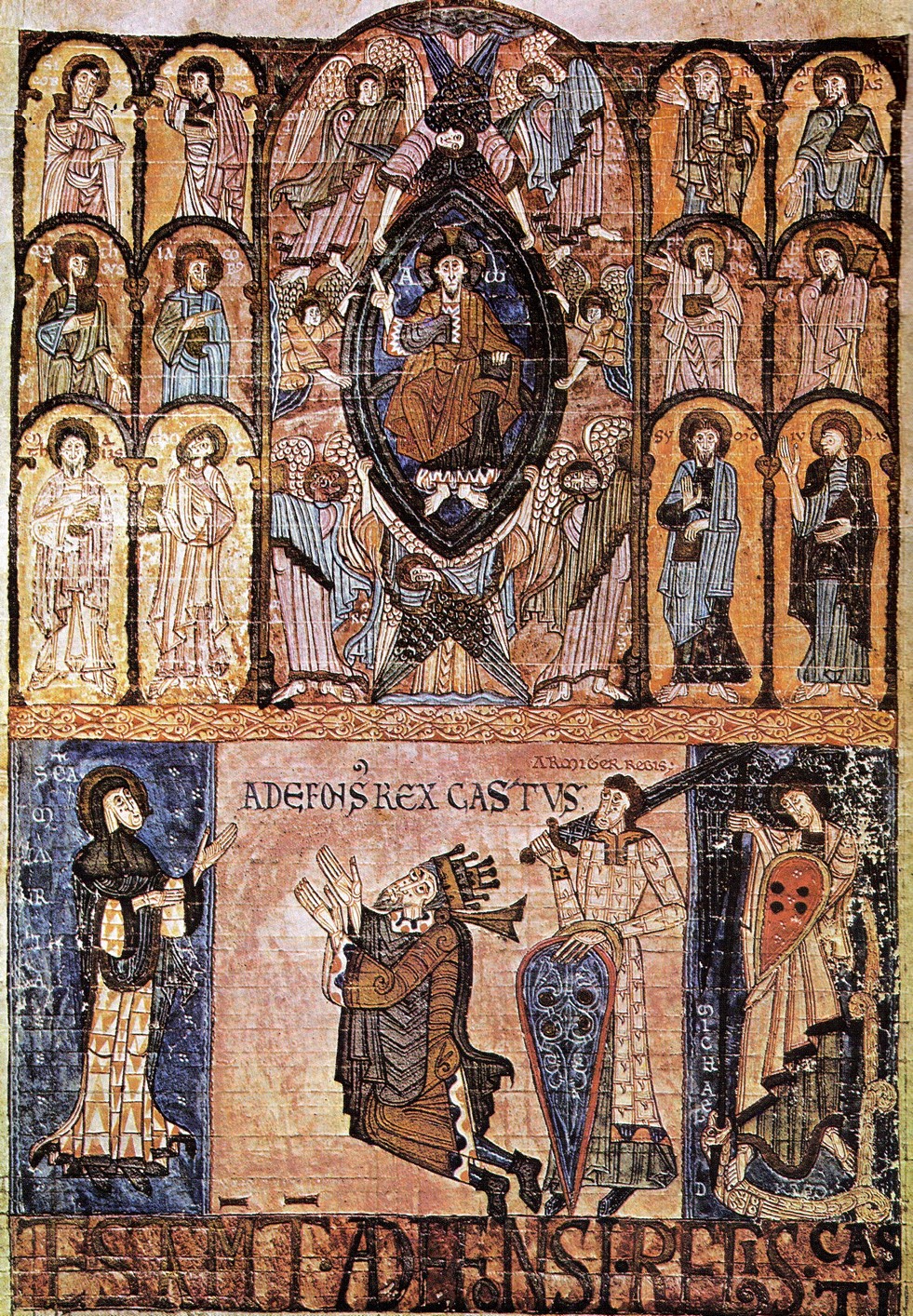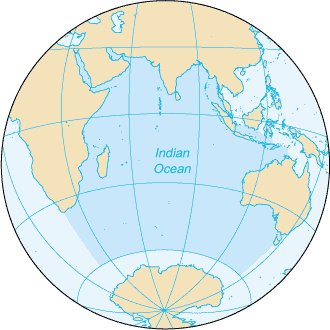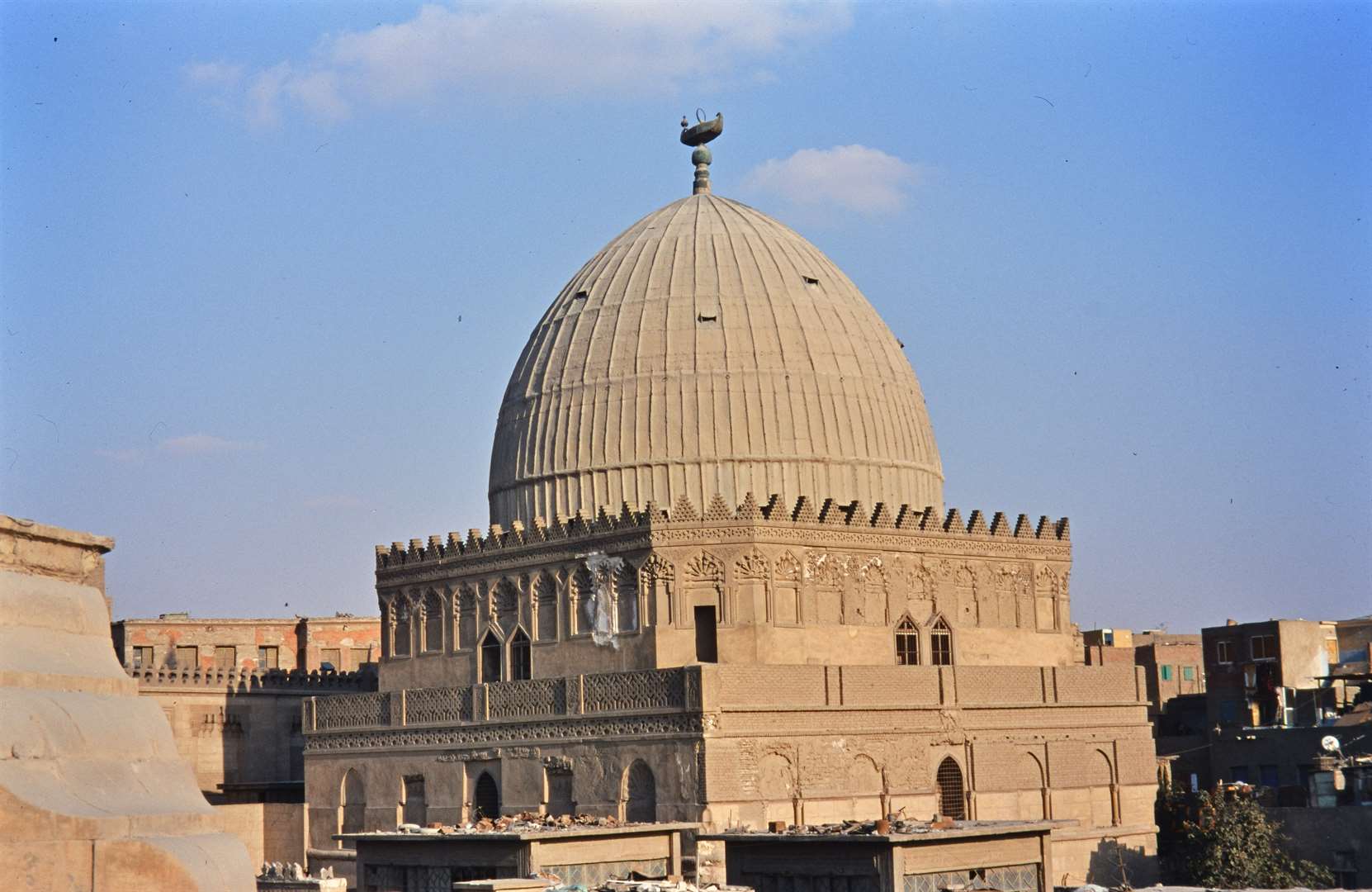|
Al-Layth Ibn Sa'd
Al-Layth ibn Saʿd ibn ʿAbd al-Raḥmān al-Fahmī al-Qalqashandī ( ar, الليث بن سعد بن عبد الرحمن الفهمي القلقشندي) was the chief representative, imam, and eponym of the Laythi school of Islamic Jurisprudence. He was regarded as the main representative of an Egyptian tradition of law. He was born in 713 CE in Qalqashanda, a village in Egypt and so his nisba is Al-Qalqashandī. Despite his Arabic nisba (Al-Fahmi), in his encyclopedic magnum opus entitled " Siyar a`lam al-nubala", the prominent scholar Al-Dhahabi mentioned that his family claimed a Persian origin from Isfahan, and this in turn became a common reference for later writers, maintaining that his Arabic nisba was the result of familiar loyalty to Khalid ibn Thabit ibn Dhain Al-Fahmi. Despite being among the most famous of jurists at the time, his students did not write down his teachings and spread it like the students of another famous jurist of the time, Malik ibn Anas. He pre ... [...More Info...] [...Related Items...] OR: [Wikipedia] [Google] [Baidu] |
Islam
Islam (; ar, ۘالِإسلَام, , ) is an Abrahamic religions, Abrahamic Monotheism#Islam, monotheistic religion centred primarily around the Quran, a religious text considered by Muslims to be the direct word of God in Islam, God (or ''Allah'') as it was revealed to Muhammad, the Muhammad in Islam, main and final Islamic prophet.Peters, F. E. 2009. "Allāh." In , edited by J. L. Esposito. Oxford: Oxford University Press. . (See alsoquick reference) "[T]he Muslims' understanding of Allāh is based...on the Qurʿān's public witness. Allāh is Unique, the Creator, Sovereign, and Judge of mankind. It is Allāh who directs the universe through his direct action on nature and who has guided human history through his prophets, Abraham, with whom he made his covenant, Moses/Moosa, Jesus/Eesa, and Muḥammad, through all of whom he founded his chosen communities, the 'Peoples of the Book.'" It is the Major religious groups, world's second-largest religion behind Christianity, w ... [...More Info...] [...Related Items...] OR: [Wikipedia] [Google] [Baidu] |
Isfahan
Isfahan ( fa, اصفهان, Esfahân ), from its Achaemenid empire, ancient designation ''Aspadana'' and, later, ''Spahan'' in Sassanian Empire, middle Persian, rendered in English as ''Ispahan'', is a major city in the Greater Isfahan Region, Isfahan Province, Iran. It is located south of Tehran and is the capital of Isfahan Province. The city has a population of approximately 2,220,000, making it the third-largest city in Iran, after Tehran and Mashhad, and the second-largest metropolitan area. Isfahan is located at the intersection of the two principal routes that traverse Iran, north–south and east–west. Isfahan flourished between the 9th and 18th centuries. Under the Safavids, Safavid dynasty, Isfahan became the capital of Achaemenid Empire, Persia, for the second time in its history, under Shah Abbas the Great. The city retains much of its history. It is famous for its Perso–Islamic architecture, grand boulevards, covered bridges, palaces, tiled mosques, and mina ... [...More Info...] [...Related Items...] OR: [Wikipedia] [Google] [Baidu] |
Mujaddid
A ''mujaddid'' ( ar, مجدد), is an Islamic term for one who brings "renewal" ( ar, تجديد, translit=tajdid, label=none) to the religion. According to the popular Muslim tradition, it refers to a person who appears at the turn of every century of the Islamic calendar to revive Islam, cleansing it of extraneous elements and restoring it to its pristine purity. In contemporary times, a mujaddid is looked upon as the greatest Muslim of a century. The concept is based on a ''hadith'' (a saying of Islamic prophet Muhammad),Neal Robinson (2013), Islam: A Concise Introduction, Routledge, , Chapter 7, pp. 85–89 recorded by Abu Dawood, narrated by Abu Hurairah who mentioned that Muhammad said: Ikhtilaf (disagreements) exist among different hadith viewers. Scholars such as Al-Dhahabi and Ibn Hajar al-Asqalani have interpreted that the term mujaddid can also be understood as plural, thus referring to a group of people. ''Mujaddids'' can include prominent scholars, pious rul ... [...More Info...] [...Related Items...] OR: [Wikipedia] [Google] [Baidu] |
Egyptian Imams
Egyptian describes something of, from, or related to Egypt. Egyptian or Egyptians may refer to: Nations and ethnic groups * Egyptians, a national group in North Africa ** Egyptian culture, a complex and stable culture with thousands of years of recorded history ** Egyptian cuisine, the local culinary traditions of Egypt * Egypt, the modern country in northeastern Africa ** Egyptian Arabic, the language spoken in contemporary Egypt ** A citizen of Egypt; see Demographics of Egypt * Ancient Egypt, a civilization from c. 3200 BC to 343 BC ** Ancient Egyptians, ethnic people of ancient Egypt ** Ancient Egyptian architecture, the architectural structure style ** Ancient Egyptian cuisine, the cuisine of ancient Egypt ** Egyptian language, the oldest known language of Egypt and a branch of the Afroasiatic language family * Copts, the ethnic Egyptian Christian minority ** Coptic language or Coptic Egyptian, the latest stage of the Egyptian language, spoken in Egypt until the 17th centur ... [...More Info...] [...Related Items...] OR: [Wikipedia] [Google] [Baidu] |
8th-century Arabs
The 8th century is the period from 701 ( DCCI) through 800 ( DCCC) in accordance with the Julian Calendar. The coast of North Africa and the Iberian Peninsula quickly came under Islamic Arab domination. The westward expansion of the Umayyad Empire was famously halted at the siege of Constantinople by the Byzantine Empire and the Battle of Tours by the Franks. The tide of Arab conquest came to an end in the middle of the 8th century.Roberts, J., ''History of the World'', Penguin, 1994. In Europe, late in the century, the Vikings, seafaring peoples from Scandinavia, begin raiding the coasts of Europe and the Mediterranean, and go on to found several important kingdoms. In Asia, the Pala Empire is founded in Bengal. The Tang dynasty reaches its pinnacle under Chinese Emperor Xuanzong. The Nara period begins in Japan. Events * Estimated century in which the poem Beowulf is composed. * Classical Maya civilization begins to decline. * The Kombumerri burial grounds are founde ... [...More Info...] [...Related Items...] OR: [Wikipedia] [Google] [Baidu] |
791 Deaths
__NOTOC__ Year 791 ( DCCXCI) was a common year starting on Saturday (link will display the full calendar) of the Julian calendar. The denomination 791 for this year has been used since the early medieval period, when the Anno Domini calendar era became the prevalent method in Europe for naming years. Events By place Europe * The Avars, a pagan Asian nomadic horde that has settled down in what is today Hungary, invade Friuli and Bavaria. King Charlemagne assembles a Frankish army, and marches down the Danube River to ravage Avar territory. A Frankish-Lombard expeditionary force, under his son Pepin, (king of the Lombards) invades the Drava Valley and devastates Pannonia. * Summer – Charlemagne loses most of his riding and baggage horses during an equine epidemic; many Saxons take advantage of Charlemagne's Avar setback and rebel once more. * September 14 – Alfonso II, the son of former king Fruela I, becomes ruler of Asturias (Northern Spain). He moves ... [...More Info...] [...Related Items...] OR: [Wikipedia] [Google] [Baidu] |
713 Births
__NOTOC__ Year 713 (Roman numerals, DCCXIII) was a common year starting on Sunday (link will display the full calendar) of the Julian calendar. The denomination 713 for this year has been used since the early medieval period, when the Anno Domini calendar era became the prevalent method in Europe for naming years. Events By place Byzantine Empire * June 3 – Emperor Philippikos Bardanes, Philippicus is Political mutilation in Byzantine culture, blinded, deposed, and sent into exile by conspirators of the Opsikion army in Thrace, after a reign of 1 year and 6 months. He is succeeded by Anastasios II, a bureaucrat and imperial secretary, who restores internal order and begins the reorganization of the Byzantine army. He executes the officers who have been directly involved in the List of conspiracies (political), conspiracy against Philippicus. * Arab–Byzantine wars#Attacks against Byzantine holdings in Africa, Sicily and the East, Arab–Byzantine wars: The Umayya ... [...More Info...] [...Related Items...] OR: [Wikipedia] [Google] [Baidu] |
Maliki
The ( ar, مَالِكِي) school is one of the four major schools of Islamic jurisprudence within Sunni Islam. It was founded by Malik ibn Anas in the 8th century. The Maliki school of jurisprudence relies on the Quran and hadiths as primary sources. Unlike other Islamic fiqhs, Maliki fiqh also considers the consensus of the people of Medina to be a valid source of Islamic law. The Maliki school is one of the largest groups of Sunni Muslims, comparable to the Shafi`i madhhab in adherents, but smaller than the Hanafi madhhab. Sharia based on Maliki doctrine is predominantly found in North Africa (excluding northern and eastern Egypt), West Africa, Chad, Sudan, Kuwait, Bahrain, Qatar, the Emirate of Dubai (UAE), and in northeastern parts of Saudi Arabia.Jurisprudence and Law – Islam Reorienting the Veil, University of North Car ... [...More Info...] [...Related Items...] OR: [Wikipedia] [Google] [Baidu] |
Shafiʽi School
The Shafii ( ar, شَافِعِي, translit=Shāfiʿī, also spelled Shafei) school, also known as Madhhab al-Shāfiʿī, is one of the four major traditional schools of religious law (madhhab) in the Sunnī branch of Islam. It was founded by Arab theologian Muḥammad ibn Idrīs al-Shāfiʿī, "the father of Muslim jurisprudence", in the early 9th century. The other three schools of Sunnī jurisprudence are Ḥanafī, Mālikī and Ḥanbalī. Like the other schools of fiqh, Shafii recognize the First Four Caliphs as the Islamic prophet Muhammad’s rightful successors and relies on the Qurʾān and the "sound" books of Ḥadīths as primary sources of law. The Shafi'i school affirms the authority of both divine law-giving ( the Qurʾān and the Sunnah) and human speculation regarding the Law. Where passages of Qurʾān and/or the Ḥadīths are ambiguous, the school seeks guidance of Qiyās (analogical reasoning). The Ijmā' (consensus of scholars or of the community ... [...More Info...] [...Related Items...] OR: [Wikipedia] [Google] [Baidu] |
Al-Shafi'i
Abū ʿAbdillāh Muḥammad ibn Idrīs al-Shāfiʿī ( ar, أَبُو عَبْدِ ٱللهِ مُحَمَّدُ بْنُ إِدْرِيسَ ٱلشَّافِعِيُّ, 767–19 January 820 CE) was an Arab Muslim theologian, writer, and scholar, who was one of the first contributors of the principles of Islamic jurisprudence (Uṣūl al-fiqh). Often referred to as 'Shaykh al-Islām', al-Shāfi‘ī was one of the four great Sunni Imams, whose legacy on juridical matters and teaching eventually led to the formation of Shafi'i school of ''fiqh'' (or Madh'hab). He was the most prominent student of Imam Malik ibn Anas, and he also served as the Governor of Najar. Born in Gaza in Palestine (Jund Filastin), he also lived in Mecca and Medina in the Hejaz, Yemen, Egypt, and Baghdad in Iraq. Introduction The biography of al-Shāfi‘i is difficult to trace. Dawud al-Zahiri was said to be the first to write such a biography, but the book has been lost. The oldest surviving biography g ... [...More Info...] [...Related Items...] OR: [Wikipedia] [Google] [Baidu] |
A Survey And Evaluation Of Christian, Jewish And Zoroastrian Writings On Early Islam
A, or a, is the first letter and the first vowel of the Latin alphabet, used in the modern English alphabet, the alphabets of other western European languages and others worldwide. Its name in English is ''a'' (pronounced ), plural ''aes''. It is similar in shape to the Ancient Greek letter alpha, from which it derives. The uppercase version consists of the two slanting sides of a triangle, crossed in the middle by a horizontal bar. The lowercase version can be written in two forms: the double-storey a and single-storey ɑ. The latter is commonly used in handwriting and fonts based on it, especially fonts intended to be read by children, and is also found in italic type. In English grammar, " a", and its variant " an", are indefinite articles. History The earliest certain ancestor of "A" is aleph (also written 'aleph), the first letter of the Phoenician alphabet, which consisted entirely of consonants (for that reason, it is also called an abjad to distinguish it fro ... [...More Info...] [...Related Items...] OR: [Wikipedia] [Google] [Baidu] |
Elias Of Heliopolis
Elias of Heliopolis (759–779), also called Elias of Damascus, was a Syrian carpenter and Christian martyr revered as a saint in the Eastern Orthodox and Syriac Orthodox churches. He is known from a Greek hagiography. Dates The ''Prosopographie der mittelbyzantinischen Zeit'' places Elias' birth in 758 or earlier, but his vital dates are usually given as 759–779 and occasionally as 775–795. His hagiography says that he died at twenty years of age in the year 6287. This is an ''anno mundi'' (year of the world) date, meant to indicate the number of years since Creation. If it follows the Byzantine era, then it corresponds to the year 779; in the Alexandrian era, it would be 795. Robert Hoyland argues for the former on the grounds that it corresponds with the reign of al-Mahdī (died 785), said in the hagiography to have been ruling at the time. Life Elias was born into a Syrian Christian family of Baalbek (Heliopolis) in the ecclesiastical province of Second Phoenicia in ... [...More Info...] [...Related Items...] OR: [Wikipedia] [Google] [Baidu] |
.jpg)







